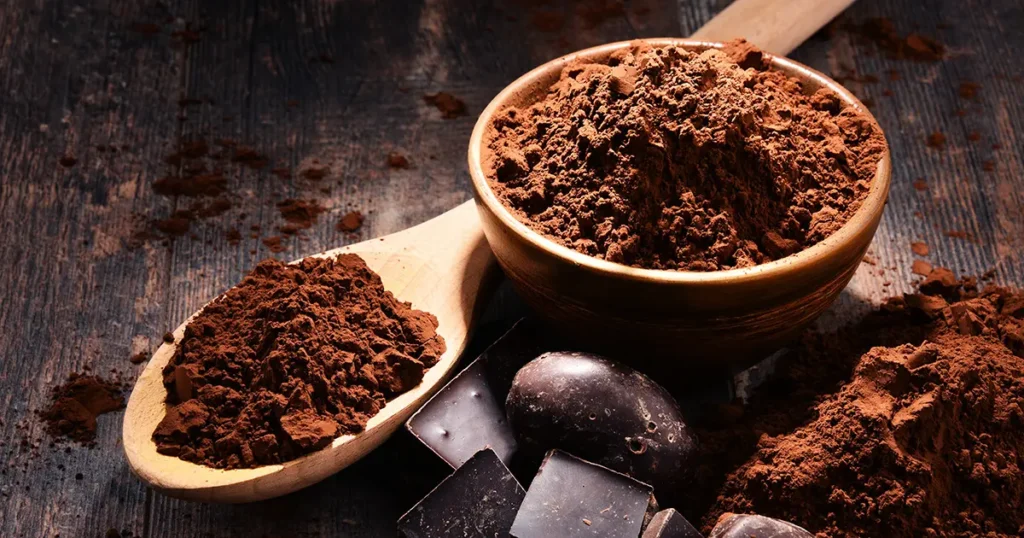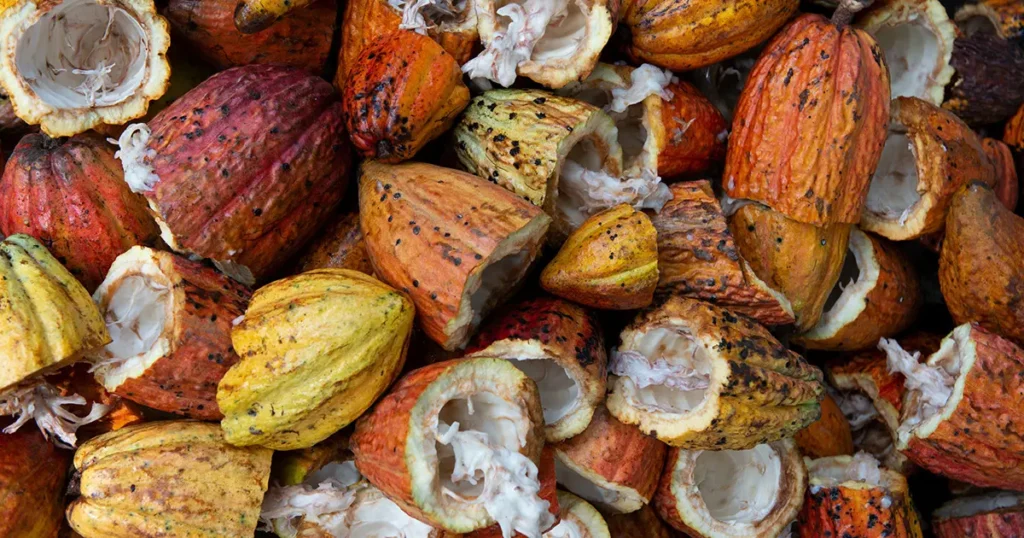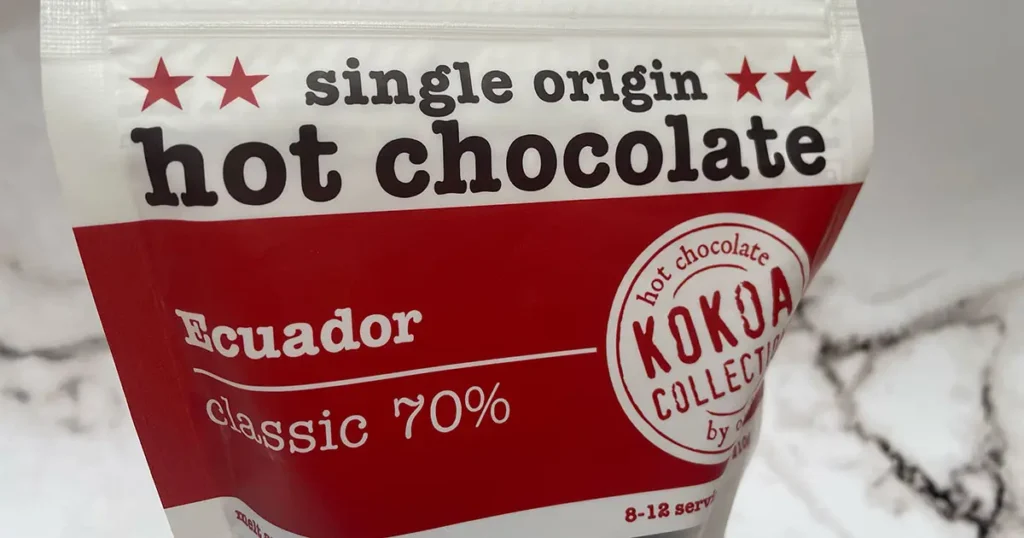The question of is it OK to have a cup of hot chocolate while you are on a diet is often on people’s minds. This delicious treat has become a winter necessity for many people. The sweet drink can have up to 192 calories in a single 8-oz. mug, which can be made from a packet, which can be loaded with sugar and fat. This article explains the health benefits and dangers of hot chocolate and how to balance these with your diet.
Caffeine content
A common misconception about hot chocolate is that it is high in caffeine. However, it is not as high as a cup of coffee or tea. In fact, anything that is made from chocolate will have some level of caffeine. The caffeine content will vary between brands, the size of the cup and the other ingredients in the drink. According to the USDA National Nutrient Database, a cup of dark chocolate has about twenty milligrams of caffeine while a cup of Pike Place coffee has more than 200 milligrams of caffeine.
However, hot chocolate contains more protein than coffee. It is also higher in zinc, iron, and phosphorus than coffee. It is also rich in protein, and has a lower calorie content than coffee. Caffeine also plays an important role in weight loss, and it is good for the heart. It also promotes healthy digestion and is beneficial for the cardiovascular system and can even prevent cancer. Hot chocolate is also rich in protein, so if you’re on a diet, hot chocolate can be an excellent option.
If you want to indulge in a warm drink with a healthy kick, you can try coffee yogurt. This drink is a good option if you want to fuel your body during the day. While milk chocolate does not contain as much caffeine as dark chocolate, it is still a good option if you have a sweet tooth after dinner. And don’t forget about chocolate chip cookies, which have caffeine in them.
While coffee and tea have high caffeine content, hot chocolate contains only a small fraction of the caffeine found in these beverages. However, coffee is the most popular drink in the world, and it has less caffeine than hot chocolate. Caffeine can lead to insomnia, headaches, and other side effects. And, the FDA doesn’t require manufacturers to list the caffeine content of these drinks on food labels.
Flavonoids
Whether or not you’re on a diet may be a personal choice, but you can’t ignore the health benefits of flavonoids in hot chocolate. These compounds are a natural source of antioxidants, and have been associated with a range of health benefits. They have anti-viral, anti-allergic, anti-inflammatory, and even cancer-fighting properties. Hot chocolate contains both flavanols and flavonoids, including quercetin, a powerful antioxidant that helps your body resist free radical damage.
One study found that cocoa and flavonoid-rich chocolate lowered serum cholesterol and LDL by about 7% and 12%, respectively. Another study showed that consuming dark chocolate and cocoa-rich chocolate increased HDL levels by 4%. Despite the positive effect of cocoa and dark chocolate, however, it increased the level of total fat and saturated fat. This study, however, was not able to determine how much of each type of chocolate affected total cholesterol levels.
Besides the antioxidants in cocoa, flavonoids also affect cerebral blood flow. Recent functional magnetic resonance imaging studies show increased blood flow to gray matter after cocoa consumption. Furthermore, cocoa has shown to increase blood flow velocity in the middle cerebral artery, which may provide protection from stroke and dementia. However, there is still much more to know about the benefits of cocoa. There are many other ways to incorporate cocoa into your diet besides drinking it.
The antioxidants found in cocoa have been linked with decreased platelet reactivity in animal studies. Although there are no definitive mechanisms that explain the association between flavonoids and platelet reactivity, researchers believe that flavanols may affect platelet membrane fluidity, ligand-receptor affinity, and intracellular signaling pathways. They may even interact with platelet-derived nitric oxide. Cocoa is one of the most concentrated sources of flavonoids, and has significant effects on platelets in humans. A systematic review showed that cocoa inhibits platelet adhesion and activity.
Heart disease risk
Consuming cocoa powder with double cream and full-fat milk may increase your risk for heart disease, but you should avoid them if you’re on a diet. The sugar in chocolate and other sweet foods affects cholesterol levels, and drinking large amounts may increase your risk of cardiovascular disease. You should also limit your sugar intake in other foods. If you can’t resist hot chocolate, try eating more low-sugar chocolate instead.
Cocoa powder is healthy, but not all cocoa powder is the same. Natural drinking chocolate with a high cocoa content is healthier. It is important to remember that calorie count is not everything. What matters most is a healthy body, not calorie counting. If you have a small mug of high-end cocoa powder, it’s probably okay to indulge, but if you’re on a diet, don’t overdo it.
One study examined the baseline cardiovascular risk factors of 20,951 men and women in the EPIC-Norfolk study. Overall, there was a decreased risk of total coronary heart disease, including heart attacks, strokes, and thrombosis, when compared to people who did not consume chocolate. However, there was a small number of studies that looked at the effects of chocolate consumption on cholesterol levels and the risk of developing heart disease.
The study also found that eating dark chocolate may reduce the risk of heart disease. Dark chocolate contains about 50 percent cocoa, which lowers the risk of heart disease in people with hypertension. It also increases insulin sensitivity, lowering the risk of diabetes. It’s also possible that dark chocolate could have some effect on cholesterol levels, and researchers at Harvard found evidence of a reduction in LDL cholesterol and an increase in HDL cholesterol.
Sugar content
If you’re on a diet, you may want to avoid the high sugar content of hot chocolate while you’re on it. The added sugar in hot chocolate should only be 10% of your daily calorie intake. If you can’t resist the temptation to indulge in this decadent treat, make sure to limit the sugar content in other foods. To avoid the high sugar content in hot chocolate, look for the lowest-calorie versions.
To minimize the sugar and saturated fat content of hot chocolate while on a diet, look for those made from water, almond milk, or coconut milk. Coconut milk is less processed than sugar and contains trace minerals and less calories. It should be sweetened only to the desired level, as a cup of it contains around 20 grams of sugar! To minimize the sugar content, switch to unsweetened almond milk or skimmed milk.
Another way to cut back on the sugar content in hot chocolate while on a diet is to avoid purchasing it from coffee shops. The added sugar and calories from the syrups and whipped cream can add up to a significant amount of calories. A healthier alternative to hot chocolate is Swiss Miss. But you may have to look elsewhere to get the sugar and calorie content you need. In general, a cup of hot chocolate has about 77 calories, and about two to three grams of fat and sugar.
Hot chocolate is rich in vitamins and minerals, such as magnesium and potassium. But unlike coffee, it has no carbohydrates, making it a good option for diabetics on a diet. Hot chocolate is a popular treat that has been around for centuries. But it isn’t as sweet as it used to be. If you want to enjoy a cup of hot chocolate while on a diet, it is advisable to go for the dark chocolate variety. It contains fewer calories than milk chocolate, and you can satisfy your craving with a smaller serving.
Choosing a gluten-free hot chocolate
Choosing a gluten-free hot chocolate for yourself or someone you love should be easy. In most cases, this drink is naturally gluten-free, but it can still contain contamination of gluten if it comes from a coffee shop or a ready-made mix. To be on the safe side, always check the ingredients list and the label for allergens. If in doubt, ask the manufacturer. If you have a sensitivity to gluten, you should also avoid purchasing commercial hot chocolates because even the smallest amounts of the substance can trigger symptoms.
If you are on a diet, you should look for a brand that is certified as gluten-free. Some manufacturers may change the recipe without warning. Always check the ingredients list before buying. Coeliac UK also has a food and drink directory that contains gluten-free products. It is also a good idea to check if the product is made by a company that has a high-quality reputation.
Adding heavy cream or swerve to your drink will give you a richer taste and lower carbs than milk, which has 11 carbs per cup. You can also choose a sugar substitute, such as powdered swerve, which contains zero carbs. When it comes to flavor, vanilla is the best. If you are going for a lighter taste, try using cacao or cocoa.
If you are sensitive to dairy, you may want to avoid milk-based hot chocolates. These milk-based drinks are often higher in sugar than dark chocolate. Milk-based drinks also tend to have higher levels of saturated fat, which can affect your cholesterol levels and increase your risk of heart disease. Also, you can always add some milk-based products to your gluten-free hot chocolate to reduce the amount of added sugar.






